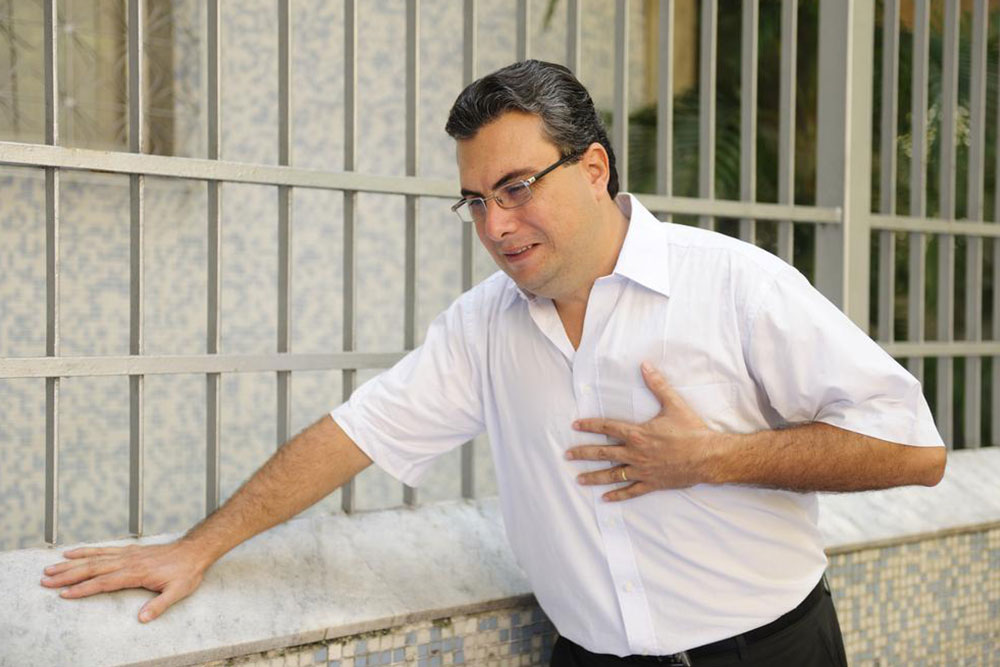Recognizing Key Symptoms of Carotid Artery Blockage
This article highlights the critical signs of carotid artery blockage, such as strokes and mini-strokes, emphasizing the importance of early detection and prompt treatment. Recognizing symptoms like bruit and TIA can help prevent severe neurological damage and improve outcomes through timely medical intervention.

Recognizing Key Symptoms of Carotid Artery Blockage
The carotid arteries are major vessels responsible for delivering oxygen-rich blood to the brain and vital areas of the body. You can feel their pulse just below your jawline. When these arteries become narrowed—a condition called carotid artery stenosis—it can impede blood flow. To understand this condition better, let’s explore the common causes:
Typically, buildup of fatty deposits and cholesterol leads to narrowing of the arteries, reducing blood supply to the brain.
This decrease in blood flow can trigger serious events like strokes or "brain attacks," which happen when no blood reaches parts of the brain.
Signs and symptoms to watch for include:
Often, carotid artery disease shows no clear symptoms. However, major warning signs include:
Bruit
A doctor may listen for a whooshing sound in the neck using a stethoscope. This sound indicates altered blood flow caused by cholesterol buildup in the arteries.
Doctors may recommend diagnostic tests to confirm the condition.
Stroke
Strokes can cause permanent brain damage, leading to disabilities, vision and speech issues, or paralysis. In severe cases, they may be fatal. Notably, many patients do not experience mini-strokes beforehand, making early detection vital.
Transient Ischemic Attack (TIA)
Commonly called a 'mini-stroke,' TIA often presents symptoms similar to a full stroke but lasts less than 24 hours. Signs include sudden, intense headaches, dizziness, partial paralysis, vision problems, weakness or numbness on one side of the face or body, and speech difficulties. Recognizing these symptoms early is key to preventing serious outcomes.
Timely treatment of these indicators is essential for diagnosing underlying diseases like coronary artery disease. Prompt intervention within four hours of symptom onset greatly improves recovery chances. Understanding these signs helps reduce the risk of irreversible brain damage or fatality.
Note:
The articles on our platform span various health topics, providing readers with insightful and practical information. While our research and data aim to inform, please treat these articles as general guidance, not definitive medical advice. The website cannot be held responsible for discrepancies or inaccuracies across different sources. Additionally, some offers or schemes might not be covered here but could be more beneficial for your health needs.






